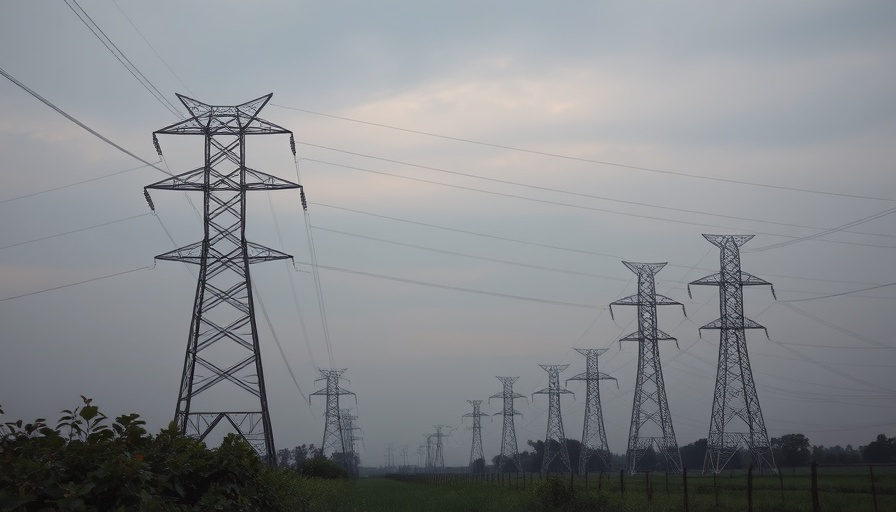
ASEAN’s Vision for a Unified Power Grid: An Imperative for the Future
The Asian Development Bank (ADB) has recently highlighted a staggering requirement of at least US$100 billion ahead of the ambitious goal to interconnect the power grids of the 10 ASEAN nations by the year 2045. This investment is more than just about wires and poles; it represents a strategic move toward sustainable and stable energy supply in a region increasingly reliant on renewable sources.
Understanding the Need: Bridging Energy Gaps
As noted by Keiju Mitsuhashi, ADB’s energy director, one of the significant challenges lies in the geographical distribution of renewable energy resources. Many renewable power plants are located in remote areas, away from population centers that require energy. The installation of effective transmission lines will facilitate connectivity across borders, ensuring that electricity can flow from areas of production to those of consumption.
The Role of Government and Investment Models
Most existing transmission systems in Southeast Asia are state-owned, indicating that the investment will primarily be funneled through government-controlled enterprises. This creates a paradox, as while many countries, including Indonesia and Malaysia, are fostering competition in their electricity markets, the crucial infrastructure needed for sustainable development remains under state control. This raises questions about the speed and efficiency of implementing necessary upgrades to the grid systems.
Why the Philippines Needs a Bold Response
Specifically, the Philippines stands out with a projected need of US$10 billion for its own grid improvements. This call for investment comes at a time when the country grapples with consistent energy shortages and high electricity costs that burden consumers and businesses alike. Enhancing the reliability of the grid is vital not just for economic reasons but also for fostering a sustainable lifestyle that fits perfectly into the global narrative around climate change and reducing carbon footprints.
Realizing Interconnectivity: Case Studies in the Region
The Laos-Thailand-Malaysia-Singapore Power Integration Project (LTMS-PIP) has marked a significant step towards cross-border electricity trading in the region, demonstrating that such ventures can be feasible both technically and commercially. This project, which brought around 100 megawatts of renewable hydropower from Laos to Singapore, signifies a hopeful future where ASEAN nations can collaborate on energy use and distribution effectively.
Future Predictions for Energy Security
As we look ahead, experts and industry leaders argue that without robust investment in energy infrastructure, the goal of reducing reliance on fossil fuels and transitioning to renewable energy will remain elusive. The necessary allocation of funds will not only stabilize regional electricity markets but align with global sustainability initiatives that prioritize climate action and renewable energy adoption.
Empowering Communities Through Sustainable Practices
The push for a common power grid serves beyond just economic benefits; it represents an opportunity for communities across Southeast Asia to engage in sustainable practices. By improving access to renewable energy sources, residents can lower their carbon footprints and embrace green technology, allowing for cleaner air and healthier environments.
The Call for Action: Building a Sustainable Future
The path to a fully interconnected ASEAN power grid is fraught with challenges but rewarding nonetheless. As governments and stakeholders review funding mechanisms and regulatory frameworks, the collective participation of the region’s residents and businesses is crucial. This is our opportunity to participate in shaping a sustainable future by advocating for responsible investment in energy infrastructure.
If you’re passionate about making a difference, consider supporting local green initiatives or educating your community about sustainable practices that promote environmental conservation. Together, we can actively contribute to a cleaner, greener future for ASEAN.
 Add Row
Add Row  Add
Add 



Write A Comment